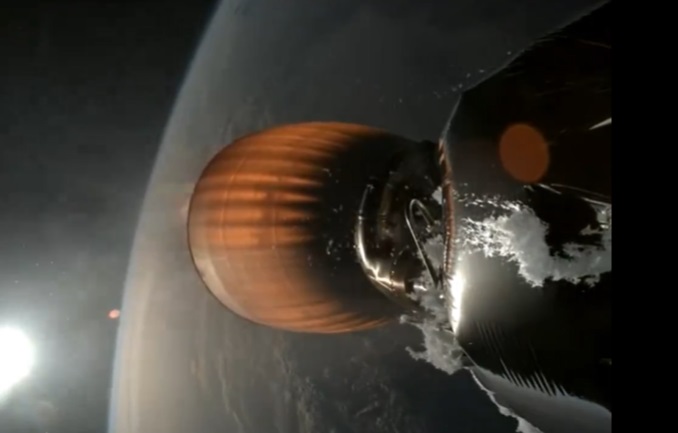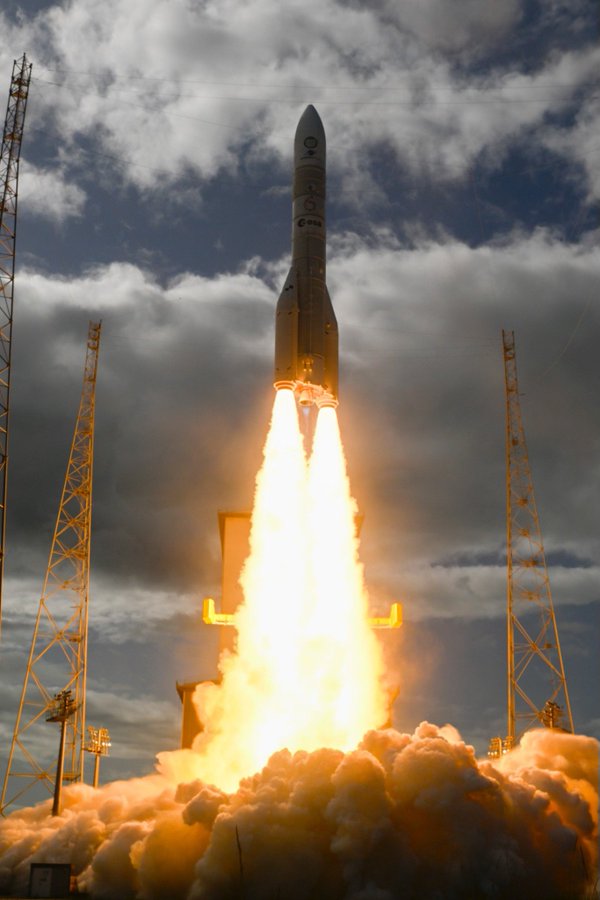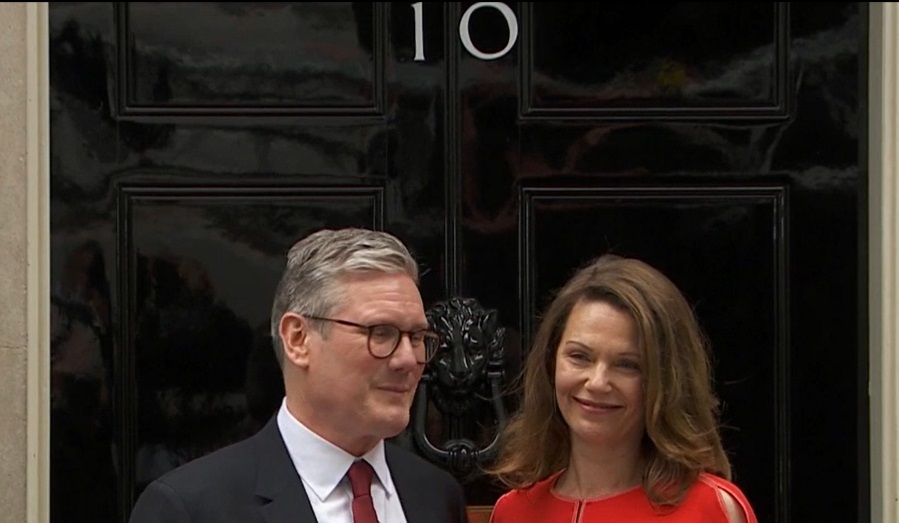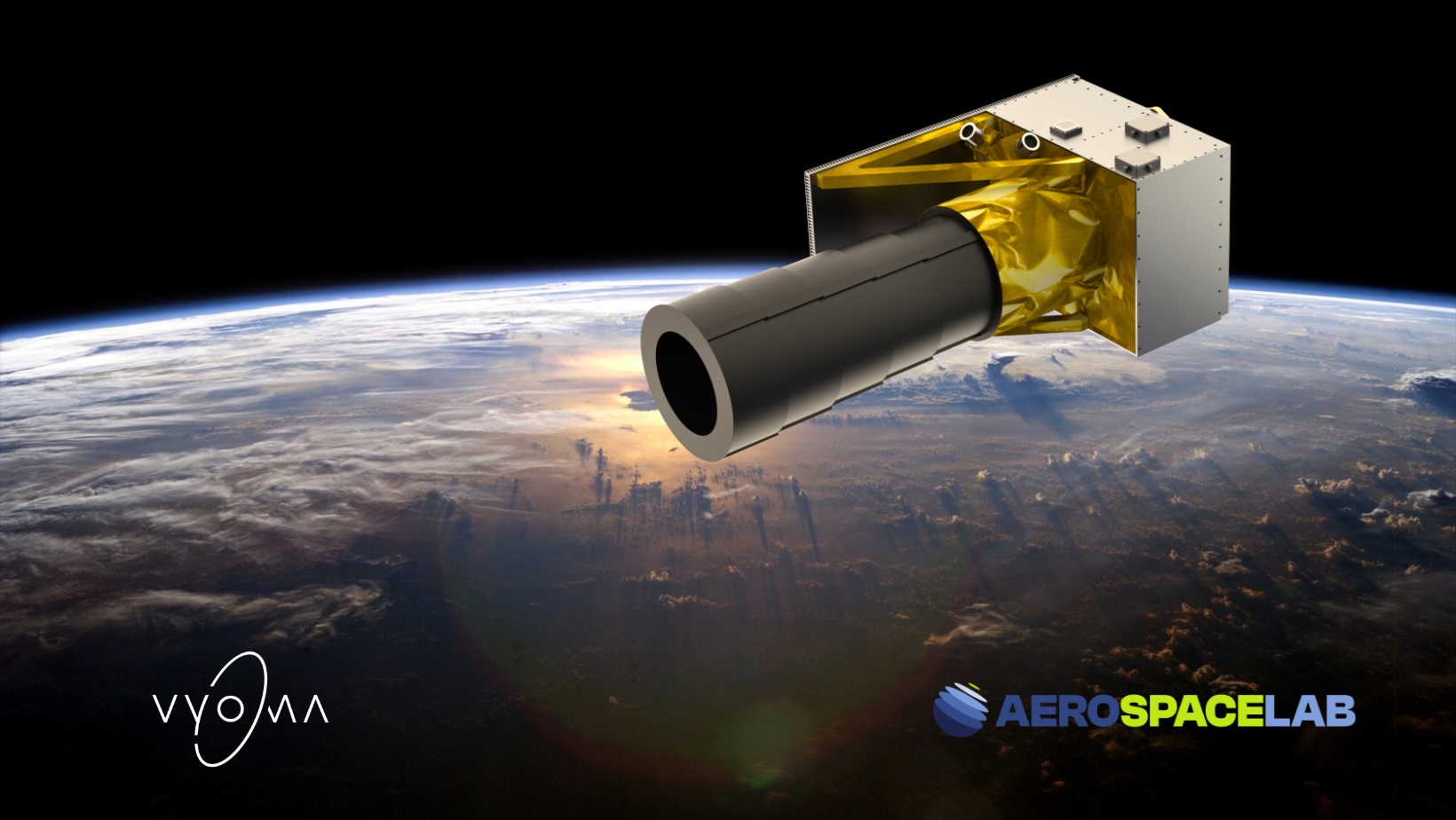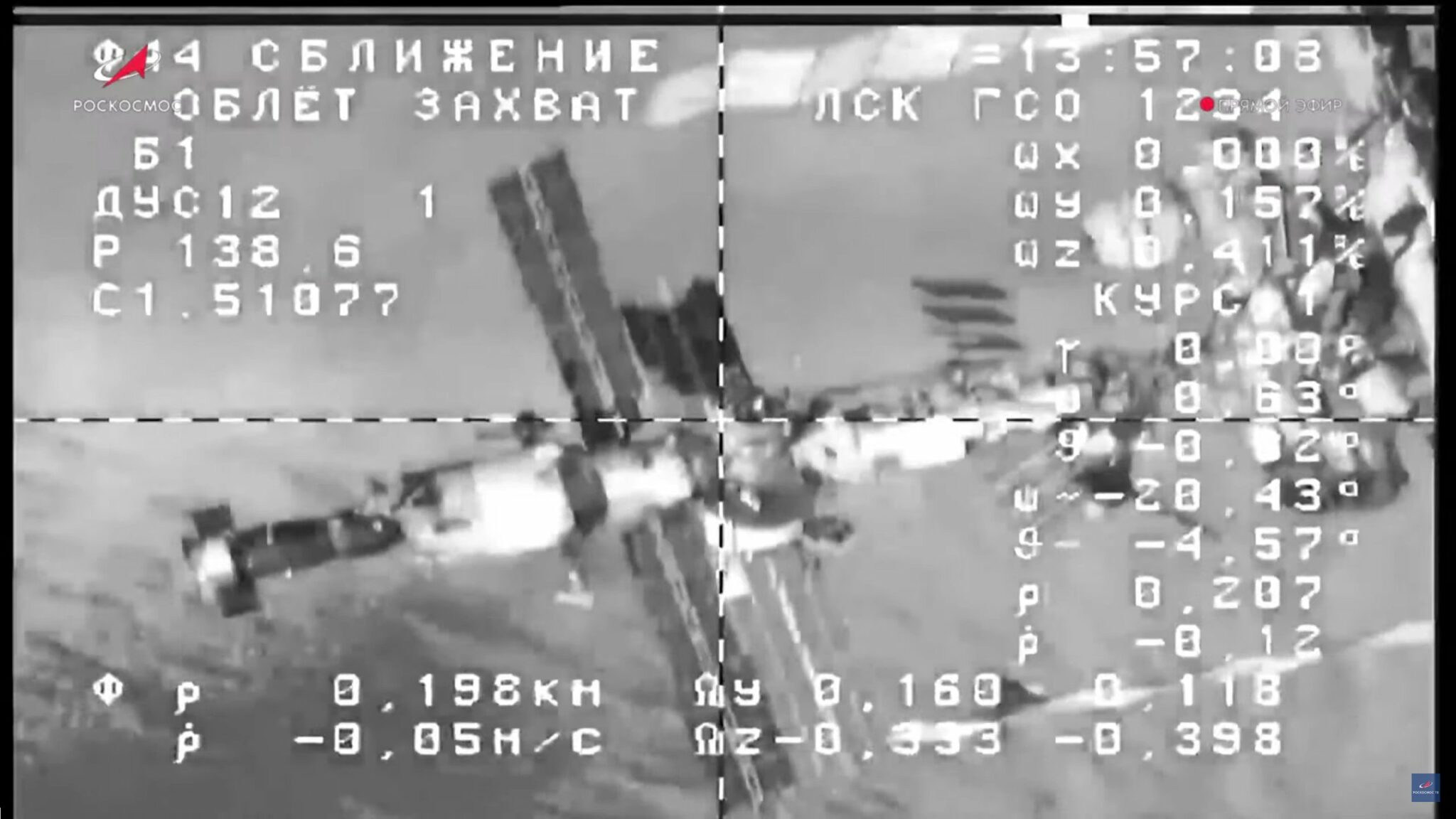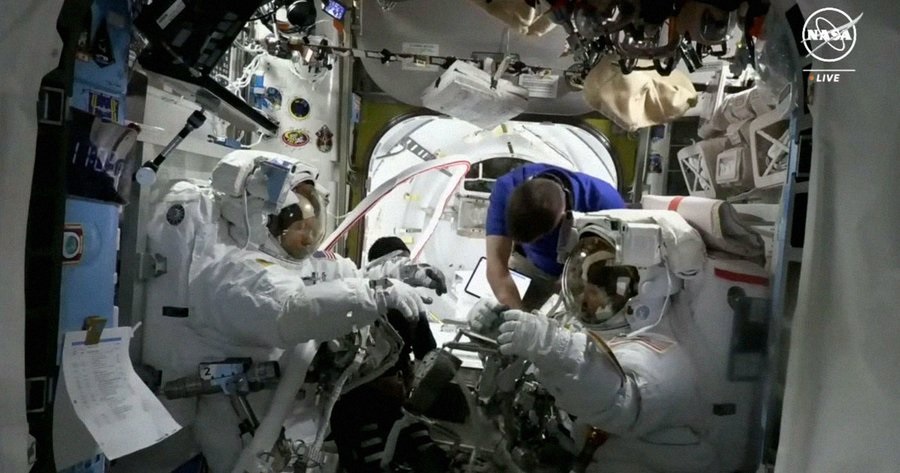This Hyperbola blog post is written by guest writer and expert on the commercial satellite business, Roger Rusch, President, TelAstra, Inc. who makes his analysis of the main themes apparent at the Satellite 2012 communications satellite conference held in Washington D.C. during March.
The satellite communications industry is thriving. Profits are growing but there are signs that it may be slowing down a bit. Some of the new satellite launches have been stretched out. That said, due to the natural replenishment ordering cycle, the number of commercial GEO satellites ordered dropped from 28 in 2010 to 17 in 2011. Meanwhile, most satellite operators are expecting a larger fraction of unused capacity as new higher-capacity satellites are launched. But while these small changes seem unlikely to disturb the ‘steady as you go’ growth of the business, in fact there are indications are that the satellite industry could be in midst of some major, even revolutionary, changes.
The good news:
Broadband services via Ka-band are transforming the business
Big Ka-band satellites have 10 times throughput of the ordinary C- and Ku-band satellites and cost one fifth as much to transmit a Megabyte of information. The technology is now generally accepted by the industry, while warnings over the technology’s susceptibility to “rain fade” have not proven to be a show stopper.
High Throughput Satellites (HTS) are now in operation over Europe, North America, and the Middle East and most Fixed Satellite Services (FSS) satellites under construction now include some Ka-band transponders.
DirecTV has been broadcasting in Ka-band with great success for nearly a decade. Similarly, Eutelsat reports good results with its KA-SAT satellite while Viasat has introduced its Exceed service, which is comparable to most terrestrial alternatives and praised by users.
The FSS operators are reporting that they are experiencing interference, often from the incorrect pointing of mobile FSS terminals.
- The Rusch view: These satellites represent a vast expansion of transmission throughput that may take a little while to absorb. Not all of these innovative systems will be successful. The migration from C and Ku-band to less expensive Ka-band is likely to put pressure on the former bands’ transponder prices over the next five years.
All electric satellites will double satellite capability or cut launch costs in half.
Using all electric spacecraft, that is replacing its conventional thruster and orbit raising propulsion systems to electric ones has started. Boeing has a contract to build four all-electric satellites and other satellite manufacturers are making plans.
This technology is a major improvement for satellites. Today commercial satellites are launched with 42% spacecraft 58% fuel. In the future that ration will be more like 83% payload and 17%% fuel. This represents a huge difference in launch cost or a huge expansion on payload capability.
There is one down side however. Due to its low thrust nature, raising satellites to Geosynchronous Earth Orbit (GEO) using electric propulsion takes 4 to 6 months compared to less than a day with conventional systems. Since 80% of satellites are replacements this delay may be acceptable in many cases.
- Comment by David Todd: One other thing: going through Earth’s surrounding radiation belts so slowly may have implications on reliability.
Everyone is headed for the Latin American Market
Nature and satellite operators abhor a vacuum. Five years ago Africa was the continent of satellite opportunity. There was a scarcity of transponders and prices were high. Now fibre optic cables have surrounded the coastal areas of Africa. Several satellites have been built for dedicated service and there is ample unused capacity over Africa.
Latin America now has rapidly growing demand for communication services. Chile has wired the entire country with fibre, including Easter Island. Argentina has Ku-band satellites under construction and is studying Ka-band satellites. International operators from North America and Europe are staking out slots to provide service. Even Eutelsat, a company that focuses most of its attention on Europe, has won a license to serve South America.
The bad news:
MSS and FSS operators are locked in a battle
Mobile Satellite Service (MSS) operators plan to use Fixed Satellite Service (FFS) bands. Meanwhile FSS operators are providing MSS services. Some call this convergence, but this is really about broadband service demand and the battle to service it. For example as the mainly FSS operator Intelsat finds it has no Ka-band capability it has decided to poach MSS maritime traffic from Inmarsat.
To expand its high-speed data services MSS operator Inmarsat will use Ka-band satellites for Global Express service. MSS operators are also preparing for substantial expansion with the production of satellites for Globalstar 2, Orbcomm 2, and Iridium Next. While MSS industry revenues are growing, the business produces only 10% to 15% of the FSS operator revenues. Competition in MSS industry is tough with five major operators competing for this business. Perhaps not all will survive.
Government cutbacks and military withdrawal will reduce revenues
Many commercial satellite operators derive 10% to 25% of their revenue from government sources. New government programs are drying up. Fewer troops on the battlefield (e.g. in Afghanistan) cuts telecommunications demand across the board. The likely reductions may be balanced by increased use of satellite services for surveillance, e.g., Unmanned Aerial Vehicles (UAV).
Unfortunately, there are indications that even funds for surveillance transmissions have been constrained. CFOs indicated that revenues would be impacted by tens of millions of dollars. One employee of a defense advisory firm said that his firm was expecting 10% to 20% layoffs, the first in decades. Government cutbacks alone will slow satellite industry growth.
Iridium is a fantastic success… but may face troubles ahead
Iridium Communications has been growing steadily with $384 million revenues, up 10% in 2011. It added 35,000 voice subscribers in 2011 and 56,000 machine-to-machine subscribers, which produce far less revenue. As a result, the Iridium CEO, Matt Desch, was the toast of the town in Washington this year as he received the Via Satellite Executive of the Year Award.
- The Rusch view: In fact, there may be troubles ahead. Iridium is facing the likely reduction of revenues from reduced government spending. Its aging constellation operates with satellites that are almost 13 to 15 years old. The constellation is functioning effectively although it was only designed to operate for 5 years. 24% of the original satellites have failed. There are holes in the coverage due to component failures. Service availability has suffered and the fragile satellites are facing a hostile space environment over the next three years until replacement satellites are launched at the end of 2015. Competitors are offering less expensive services and user terminals.
LightSquared is in deep trouble and this has implications for Inmarsat
The US Federal Communications Commission (FCC) has withdrawn its conditional waiver and its ATC (Ancillary Terrestrial Component) service approval due to GPS interference issues. There was a great deal of discussion at the conference about how this was allowed to happen.
Worse, Inmarsat’s revenues were augmented by payments from LightSquared, which have now stopped. LightSquared is attempting to resolve the issues by introducing GPS receivers that are compatible with its terrestrial transmissions.
The FCC has initiated a proceeding to define requirements, but the process will take some time to define and implement changes. Conference panel members estimated that the interference issues could be resolved within 2 to 30 years!
- The Rusch view: It will probably take at least 10 years because there are millions of GPS receivers deployed today. The process could be shortened if someone would provide financial incentives for replacements.
Solar events could disrupt satellite communications.
Energetic particle bursts from the sun are causing anomalies on satellites, but there is very little public information that has been released by the operators. It has been reported that the solar storms knocked out the LightSquared and Spaceway 3 satellites for a time. This was eventually confirmed publically but not until well after the events. The sun spot cycle is expected to peak in 2013, but strong flares and particle storms are common after the peak as well.
Export financing is liked by both newcomer and established operators.
In 2009 Coface agreed to guarantee loans for construction of the Globalstar 2 satellites. This was followed by similar guarantee for Iridium Next. Both of these systems were unable to obtain financing from conventional sources. Subsequently, even the well-established, credit-worthy operators recognized that Export Credit Agency (ECA) financing resulted in lower interest rate loans and many applied for these loans to finance satellite procurements. The ExIm bank expects this facility to continue to grow because it has been profitable for them (so far).
Other topics:
Hybrid Networks are changing the role of satellites.
Many of the questions and issues at the conference were the same as in the past, but some of the answers are changing. Seven years ago there was no interest in using anything but satellites for distribution of video media content. Today there is interest in considering substitution of fibre optic lines in some cases. Hybrid solutions are being developed for VSAT networks as well. Direct broadcasting is not likely to go away, but attitudes and decisions are changing.
ITAR go, go, go away…come again another day
As has been the case for the past decade or so, many in the satellite industry continue to demand the elimination or roll back ITAR technology export controls. Operators in particular would like to be able to launch on cheap Chinese rockets which they are more or less prevented from doing if their satellites carry U.S. technology.
The Conference
Satellite 2012 remains the preeminent conference for the commercial satellite industry. Having attended 14 sessions, typed up 48 pages of notes, and read all the articles published in the trade journals, you could say that Satellite 2012 itself was an assault on all the senses. The exhibit area itself was packed from one end to the other with about 280 exhibitors.
The conference itself was well attended and the sessions were better attended than in past years. The conference added a cellular feedback system for polling. This was available to the 50% of the audience that carried the latest smart phones. Part of the polling was devoted to advertising for Proton and Baikonur who sponsored the system.
Nonetheless, the polling provided a way to interact with the audience on significant issues where subjective opinions could be displayed. Though, of course, it matters how you ask the questions.
- David Todd contributed to this report. For a free copy of Roger Rusch’s complete notes on the Satellite 2012 conference email RogerRusch@telastra.com along with your contact information.

